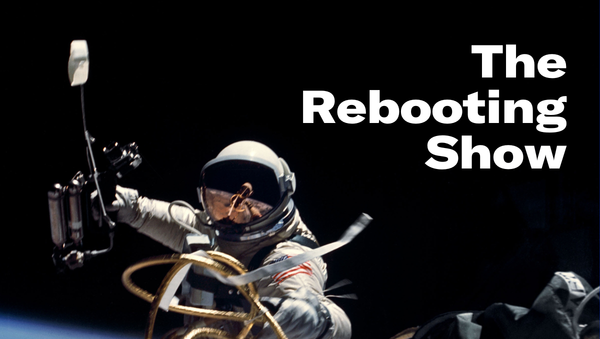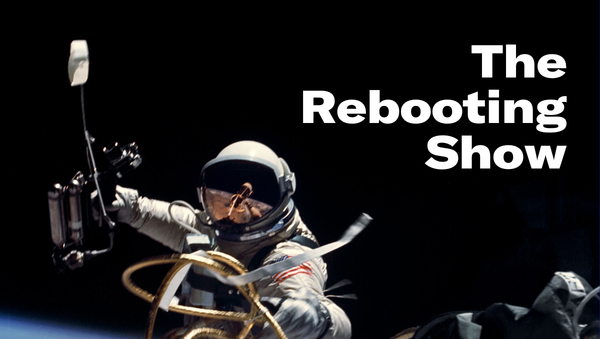The newsletter bubble
A conversation with Workweek's Adam Ryan

I went to my first spring training game yesterday. The Phillies took down the Twins 4-1, and three E-A-G-L-E-S chants broke out by the second inning despite it being a Twins home game. (The Twins mascot was also booed.)
Media rarely engenders that kind of long-term loyalty now. The social media era proved how flimsy many brands were when the algorithms changed. I’ve seen similarities for some time with the email newsletter world. This week, I spoke to newsletter veteran Adam Ryan, CEO of Workweek, about why newsletters are a channel, not a business.
- Getting Chegged. For all the hot air around AI, I am in the camp that it will be momentously disruptive to many businesses, and media always goes first. In the latest episode of People vs Algorithms, we came up with the businesses that face the greatest extinction risks (and some bright spots, I promise). YouTube | Apple | Spotify | other platforms
- Good times for regime media. Newsmax raising $225 million is a signal, according to Anonymous Banker. “While this level of funding was inconceivable before the November election, Trump-aligned media businesses now have the wind at their backs and are taking advantage of positive investor sentiment.” PvA Weekend
The newsletter bubble
Adam Ryan, CEO of Workweek, joined me this week on The Rebooting Show to discuss his recent warning that the newsletter sector is overheated. Some points from the conversation:
- Newsletters are a commodity. The number of newsletters is growing faster than the number of readers. Platforms like Beehiv have democratized access to sophisticated tooling, but most newsletters lack true audience affinity.
- The inbox is not a direct connection. It’s a platform like any other, subject to change. Apple has broken open rates, AI tools like Superhuman summarize newsletters without opening them, and inboxes are being segmented, reducing visibility.
- Paid growth is a weak foundation. Many newsletters rely on paid acquisition and cross-promotion. The moment that engine turns off, engagement often collapses because there’s no real audience connection.
- Winners are thinking beyond email. The most successful publishers are building businesses around community, events, and services. Morning Brew, Workweek, and Lenny’s Newsletter all extend beyond just newsletters.
- Newsletters are a starting point, not a business. They are an MVP—a way to build an audience—but real success comes from expanding into new distribution and monetization channels.
Apple | Spotify | other podcast platforms
My thoughts:
The current email newsletter business boom was set off by breakouts like Morning Brew, The Hustle and Industry Dive. They spawned a boomlet of independent publishing ventures based around a distribution channel that is controllable, bypassing algorithmic gatekeepers, and with an array of monetization options.
But as Adam pointed out in our conversation, newsletters themselves are rarely businesses. They are a channel and starting point. And like all channels, they are subject to disruption, saturation, and diminishing returns. And while email might not be dead, it is subject to the same compression as the overall media industry, which is regularly marked by boomlets and busts. Anything that is working gets copied, leading to an oversupply and aggregate decline in quality and hockey-stick increase in detritus.
The idea of building a media business solely on newsletters is a relic of a time when the inbox was underappreciated real estate. Morning Brew, The Hustle and Industry Dive proved that email-driven media brands could scale and exit successfully.
Those businesses were built in a different era, before AI-powered curation, inbox filtering, and the sheer explosion of newsletters competing for attention. None of the email-first success stories are as email-centric today. The inbox is now as crowded as the Facebook feed once was, and publishers who built their businesses purely on newsletters are starting to face the same challenges that upended the traffic arbitrage models of the 2010s. A similar gold-rush mentality exists in the newsletters sector of today.




